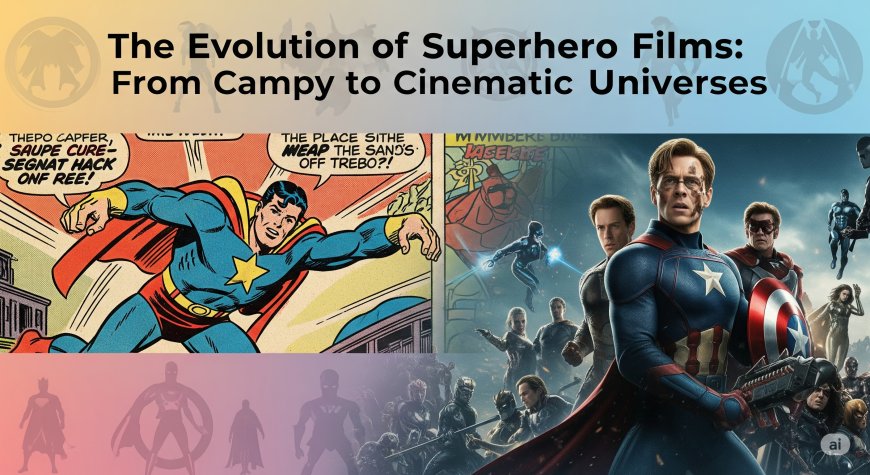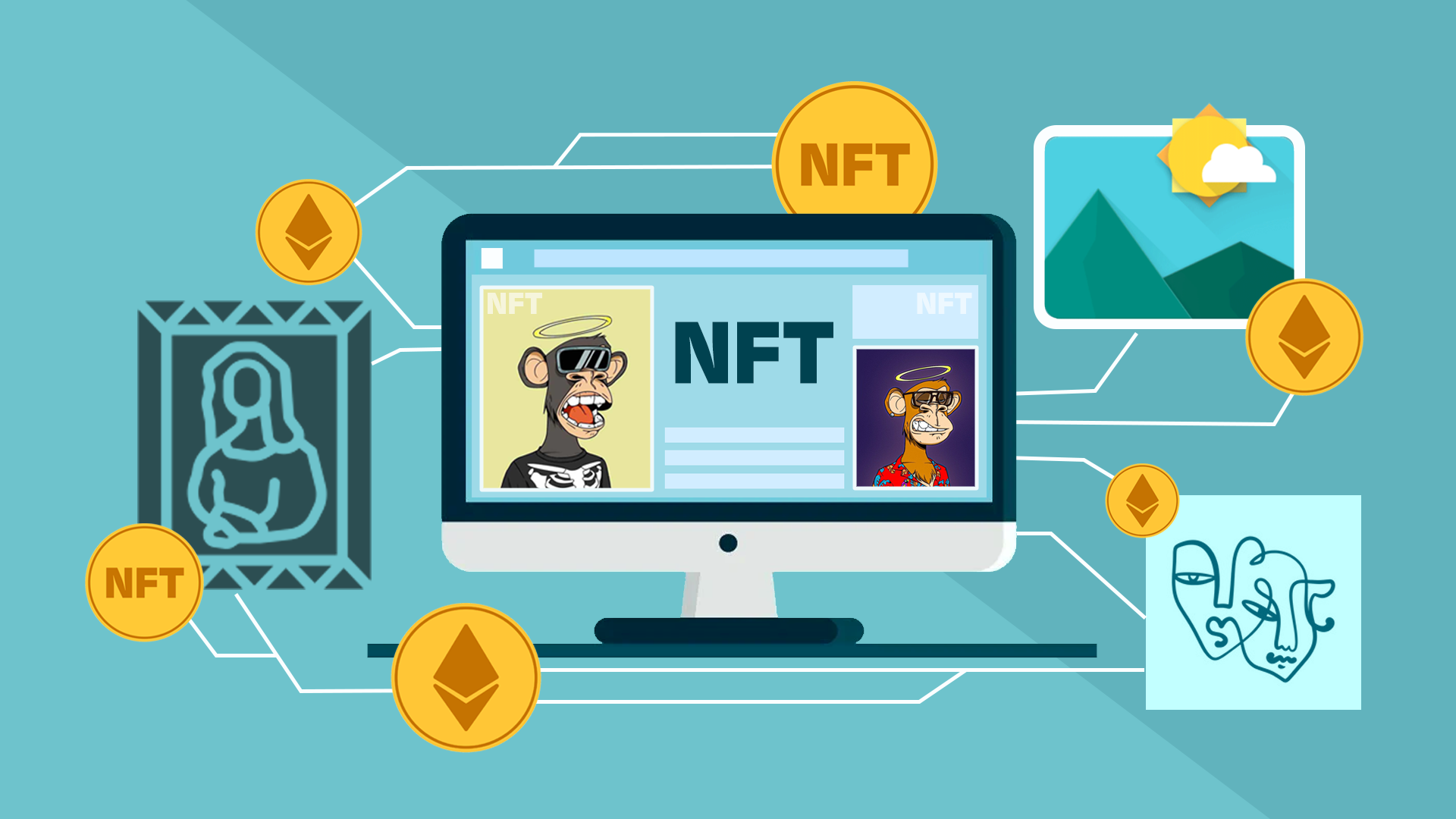The Evolution of Superhero Films: From Campy to Cinematic Universes
Explore the evolution of comic book adaptations, from campy beginnings to the rise of cinematic universes. Discover how superheroes transformed cinema!

Superhero films have come a long way since their first appearances on the silver screen. From brightly colored spandex suits and over-the-top acting to sprawling interconnected stories spanning multiple films and characters, the genre has undergone a remarkable transformation. Today, superhero movies dominate mainstream entertainment, evolving from niche fandom to global phenomena. This shift from campy classics to full-fledged cinematic universes reflects not only advances in filmmaking but also the growing appeal of the comic book adaptation genre and its proven box office success.
The Campy Origins
The early days of superhero cinema were marked by low-budget productions and lighthearted storytelling. One of the most iconic examples is the 1966 Batman film, which captured the charm of the original comic books but leaned heavily into camp. These films were more playful than powerful, appealing mainly to younger audiences and die-hard comic book fans.
Special effects were rudimentary, storytelling was straightforward, and characters often lacked depth. At the time, the idea of taking superheroes seriously on film seemed far-fetched. The limitations of the era's technology and the public's perception of comics as child-oriented entertainment restricted how far these films could go.
The 1970s and 80s: Laying the Foundation
The release of Superman: The Movie in 1978 marked a turning point. Christopher Reeves portrayal of the Man of Steel brought heart and realism to the genre, proving that a comic book adaptation could be emotionally resonant and commercially viable. This film was a critical and financial success and set the stage for future entries.
The 1989 release of Tim Burtons Batman offered a darker, more stylized take on the superhero story. With its gothic aesthetic and more serious tone, the film expanded the genre's appeal to adult audiences. However, as the 1990s progressed, the genre saw a mix of hits and misses. Movies like Batman & Robin reverted to a campier tone, reminding audiences that the genre was still finding its identity.
The 2000s: A Genre Redefined
The early 2000s saw the genre redefine itself with movies like X-Men (2000) and Spider-Man (2002). These films embraced modern storytelling techniques, enhanced special effects, and more grounded characters. Audiences began to see superheroes as complex individuals with relatable struggles.
This era laid the groundwork for what would become a new wave of superhero films. Studios started investing more heavily, and audiences responded with increasing enthusiasm. This period also saw the emergence of dedicated fan communities online and a growing appetite for serialized, character-driven stories.
Unfortunately, this growing demand also led to a rise in piracy, with sites like Filmywap offering leaked versions of superhero movies shortly after release. While this underscored the genre's popularity, it also highlighted the challenges studios faced in protecting their intellectual property.
The Marvel Cinematic Universe: A Game Changer
The true turning point came in 2008 with the release of Iron Man, which launched the Marvel Cinematic Universe (MCU). What began as a standalone film quickly evolved into an interconnected web of stories spanning multiple franchises and characters. The MCU introduced the idea of long-form storytelling in cinema, culminating in massive crossover events like Avengers: Endgame.
This approach brought unprecedented box office success. Avengers: Endgame became one of the highest-grossing films of all time, proving that superhero movies could appeal to global audiences across demographics. The genre was no longer just popular it was dominant.
At the same time, illegal streaming sites like Filmywap continued to pose a threat, often leaking high-profile MCU films within days of release. Despite this, the franchise's success demonstrated that audiences were still willing to pay for a high-quality cinematic experience.
Beyond Marvel: Expanding the Universe
While Marvel led the charge, other studios followed suit. DC launched its own universe with mixed results but found acclaim with standalone films like Joker and The Batman. Smaller studios and indie creators also began experimenting with the genre, offering fresh perspectives and challenging traditional tropes.
Films like Logan and Deadpool demonstrated that there was room for mature storytelling and genre-blending within the superhero framework. These films pushed boundaries and offered something new to audiences tired of formulaic stories.
The evolution of superhero films from campy to cinematic universes reflects a broader cultural shift. Once seen as mere popcorn entertainment, superhero movies are now critically acclaimed, commercially successful, and culturally significant. With the rise of high-quality comic book adaptation films and their consistent box office success, the genre shows no signs of slowing down.
As studios continue to expand their cinematic universes, experiment with storytelling, and embrace diversity, superhero films are poised to remain a defining force in modern cinema. And while piracy platforms like Filmywap may challenge the industry, the passion of fans and the quality of storytelling continue to keep the genre flying high.



































